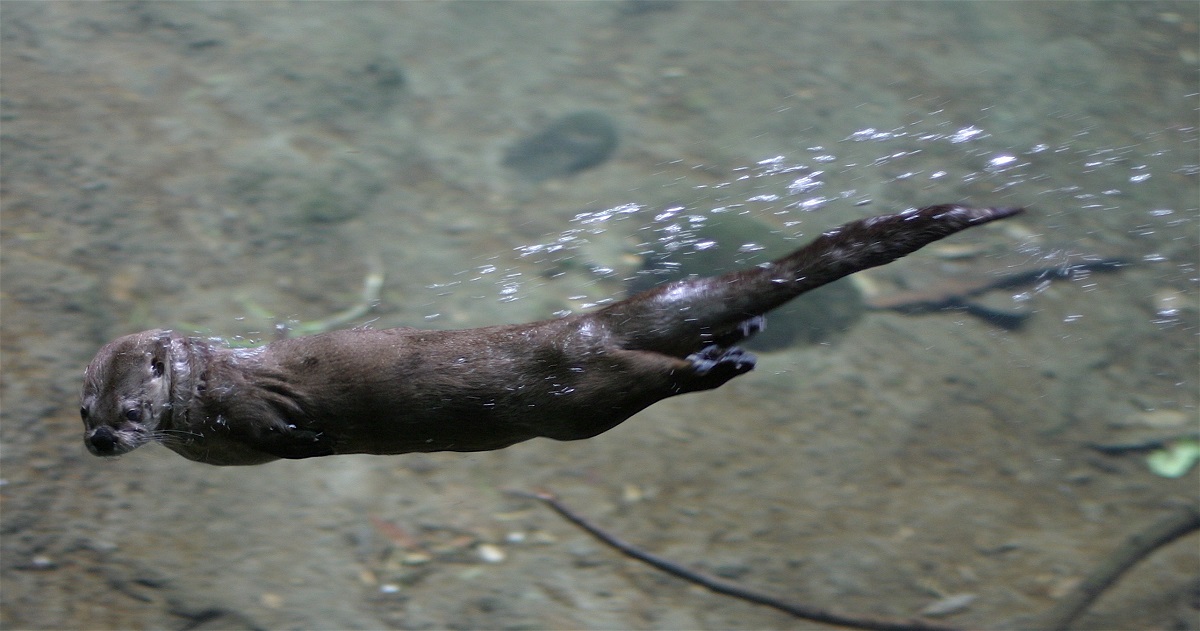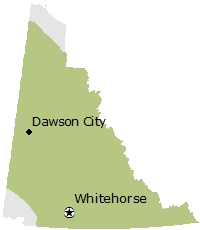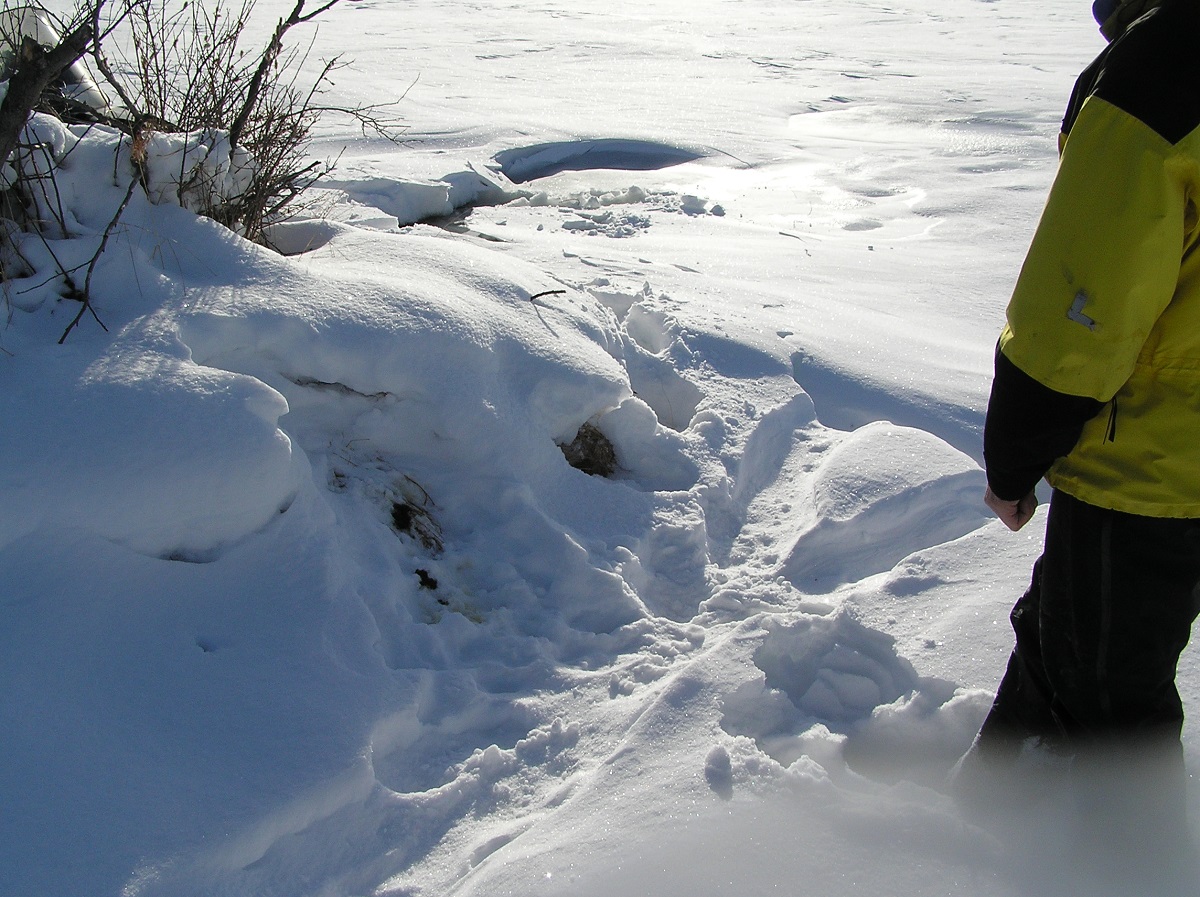
Name
- Common name: Northern River Otter
- Scientific name: Lutra canadensis
- Order: Carnivora
- Family: Mustelidae
Also known as
River Otter
Viewing opportunities
- River Otters are not abundant in the Yukon, but if you travel larger rivers and lakes, you’ll likely encounter them. Watch for them on waterways with interconnected marshes, meandering streams and small lakes.
Description
- Seal-like shape with short legs, streamlined body and tapered tail.
- Small eyes and ears are located towards the top of its head.
- Longer, thicker coat with long, stiff glossing brown guard hairs covering dense white-ish grey under fur.
Fast facts
- Length: 120 cm
- Weight: 10 kg
- Lifespan: 8 to 9 years
- Predators: none
- Habitat: Moving water
Conservation status
- Yukon: S4 (Apparently Secure)
- Global: G5 (Secure)
Yukon population estimate
Not determined.
Behaviour
Northern River Otters are highly social, although play is typically only reserved for younger otters. A mother and her young form the core family group and it sometimes includes the father. Bachelor groups of males and other combinations of sex and age groups are not uncommon.
Diet
Fish, aquatic insects, freshwater mussels, ducks, marsh birds, muskrats, voles and shrews.
Distribution

Sights and sounds

Otter track, front: 6.3 x 7.5 cm.

Snow trail.
Otters and people
- Indigenous peoples did not kill otters; it was bad luck to do so because they were considered one of the most powerful characters in the animal world.
- Otter pelts are extremely durable and commonly used for men’s coats. However, in the Yukon less than 50 are trapped each winter.
- Otters are great at fishing and not always a welcome guest at fish farmed lakes.